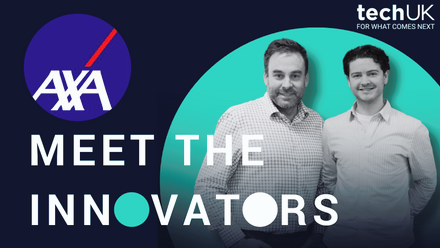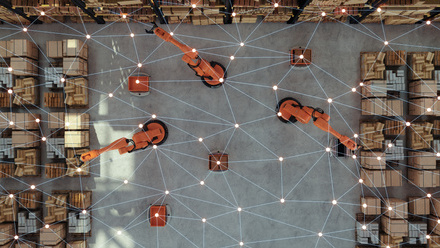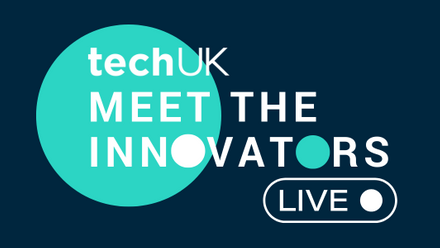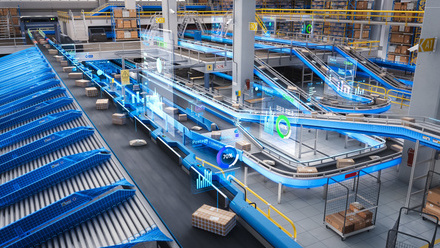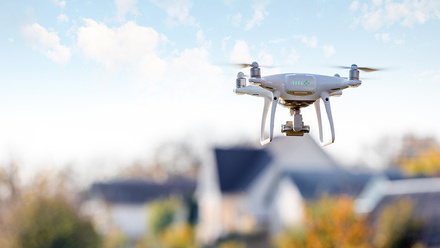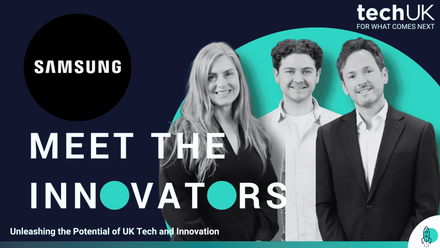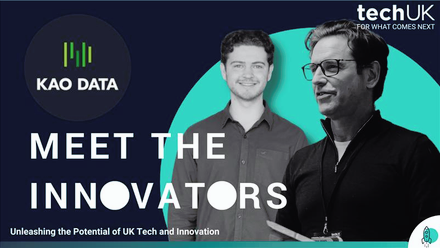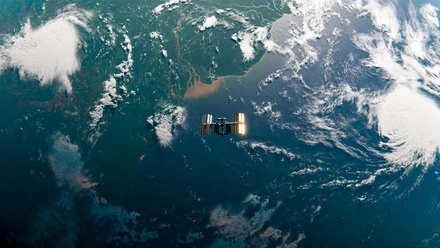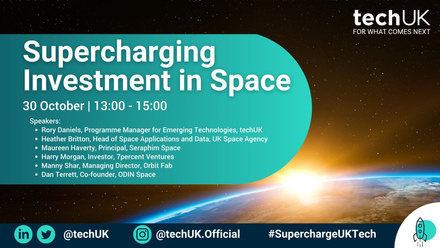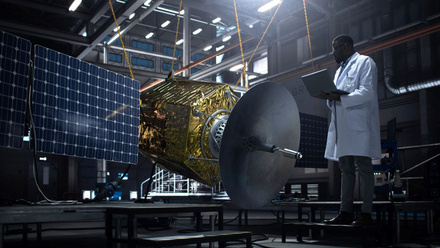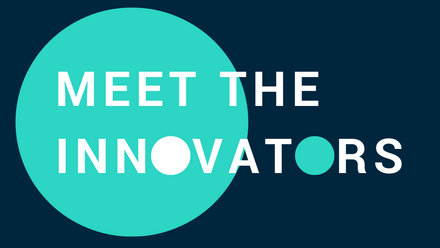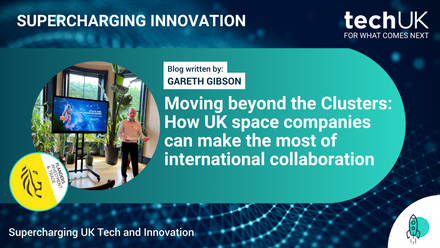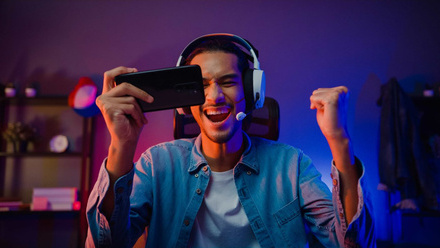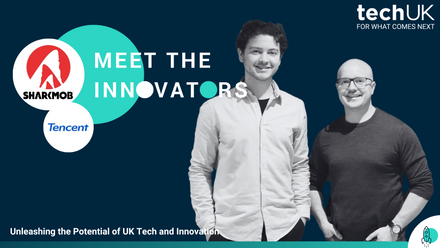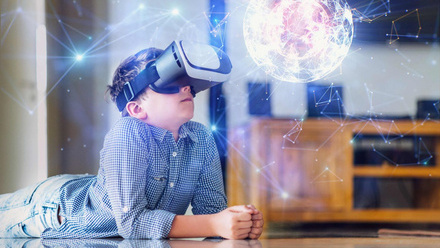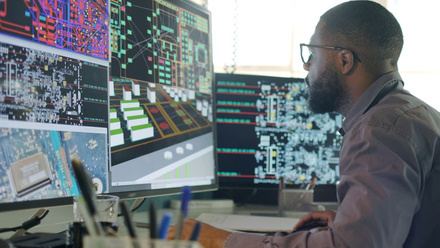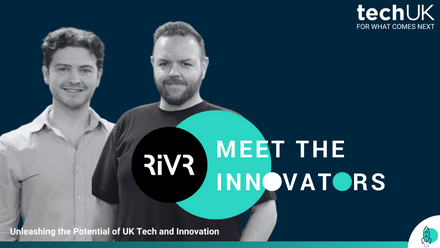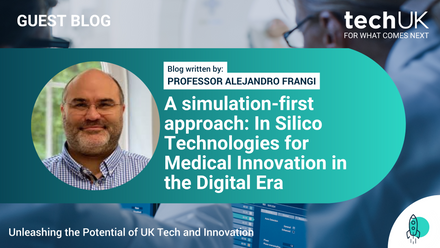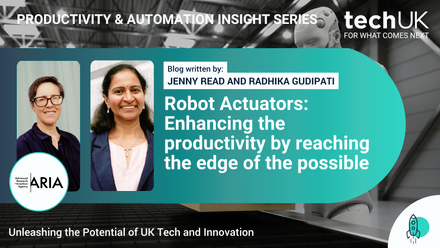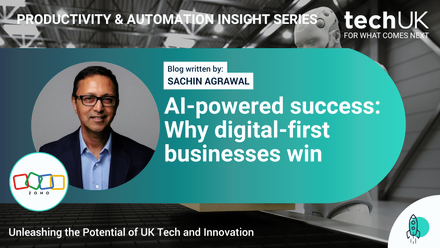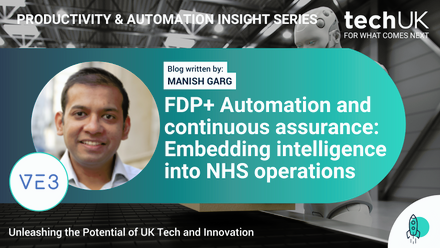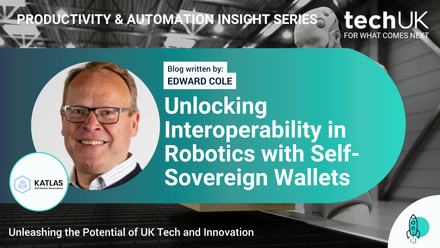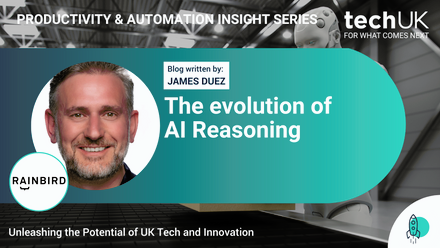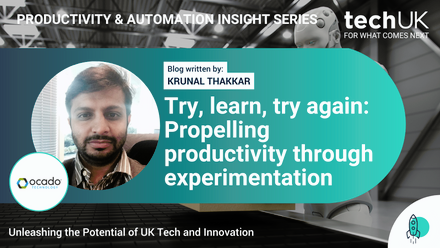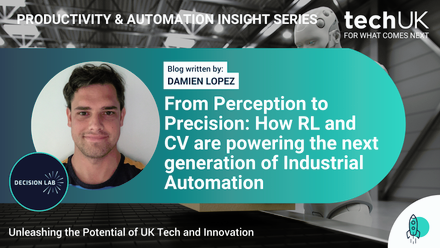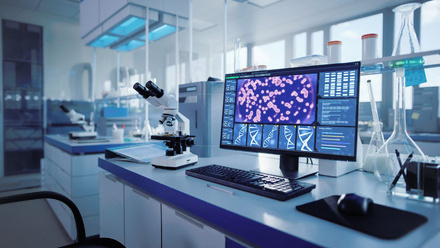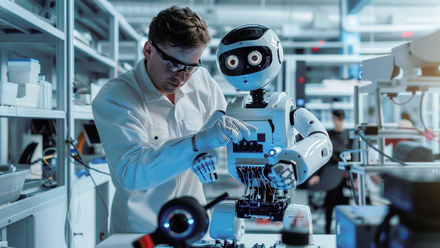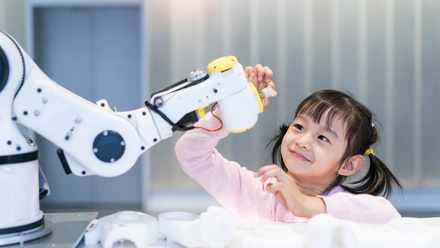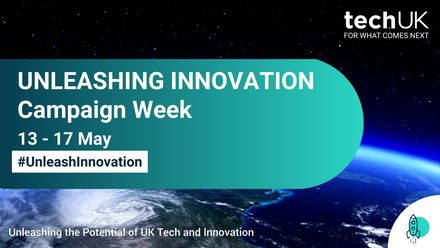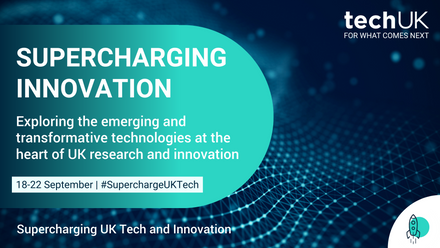How edge AI, virtual sensors and digital twins are combining to tackle space debris
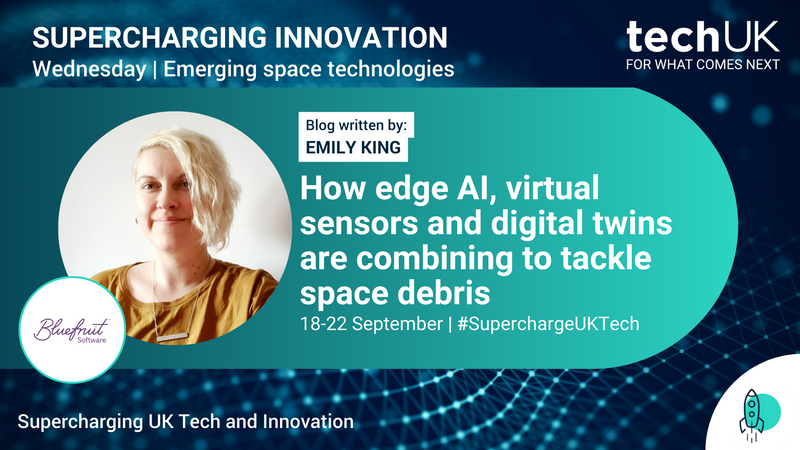
One of the biggest challenges for the growing global space sector isn’t necessarily how we get into space but how we keep people and technology safe once they’re up there. NASA estimates that there are over 27,000 human-made objects bigger than 10 centimetres in our orbit, while smaller pieces of space junk number into the hundreds of millions (and it’s likely much higher). These all challenge mission safety and the number is only growing. Space debris isn’t innately dangerous while in orbit. But, once accelerated by the Earth’s gravity, these objects left over from space missions can reach speeds that make it easy for a 10-centimetre object to destroy a satellite. Aside from efforts to track space debris, what can be done to handle the problem more directly? Enter, edge AIEdge AI, or on-device AI, is nothing like popular large language models (LLM) like ChatGPT. Instead, edge AI uses a machine learning model that’s been trained on a range of real-world data (often readings of physical events taken by things like sensors and cameras) and then becomes part of the software for an embedded computing system without the need to constantly call back home. 
With the With latency challenges posed by space, having AI on board rather than in the cloud means that edge AI can help other collision avoidance technology systems in a spacecraft react to data in real time. Whether that’s to take what measures it can to avoid the debris or adjust orbit enough in a worst-case scenario so that the craft doesn’t become part of our growing space debris problem upon collision. And the same principles involved in avoidance could also be used to create an autonomous craft that helps remove space debris. Edge AI is already being deployed for other uses onboard spacecraft, such as Palantir’s image processing solution and Exo-Space’s advanced image processing edge AI. Neither of these applications is about the direct operation of a craft. In 2022, the Advanced Concepts Team at the European Space Agency ran competitions looking at edge AI and the origin of space debris, evaluating new ways of tackling the issue using AI. It’s not all plane sailing using edge AI for space debrisThere are challenges in bringing edge AI to craft like satellites. On the one hand, these include having enough datasets to train models to be accurate enough for the job. To avoid space debris (or remove it), you need enough data to develop models effectively and/or use augmentation methods that can support working with small datasets. Then on the other, more serious, hand for edge AI to be used in such a mission-critical use as avoiding or removing space debris, it is vital to protect the integrity of any training data and models. This means keeping them secure enough during development so that they can’t be “poisoned” by those who would gain from corrupted edge AI ML models being deployed in space. More generally, a final challenge for edge AI in space is a power usage versus computing one. The embedded computer systems within spacecraft draw on computing and electrical power. So, it’s necessary to keep the footprints of edge AI small enough to not become a burden to the hardware and energy available to them. Pushing edge AI further into space with AI-backed virtual sensors and digital twinsEdge AI could help with more than just image processing and space debris detection. It could also be developed to look internally to help with craft maintenance. Every gram of weight going up makes a difference to mission success in space. Sometimes it might be hard to add an extra physical sensor due to approaching weight limits. Virtual sensors (encoded mathematical models that approximate what might have been picked up by an actual sensor) make it possible to check systems without physical sensors. Here, virtual sensors combined with edge AI models trained on appropriate, real-world data can take things further. They can do this by adding extra sensor capability based on AI model training rooted in noticing variations in system performance. Instead of a virtual sensor built on approximations, an edge AI-enhanced sensor is trained on vast swathes of actual data to help check system events in real-time. 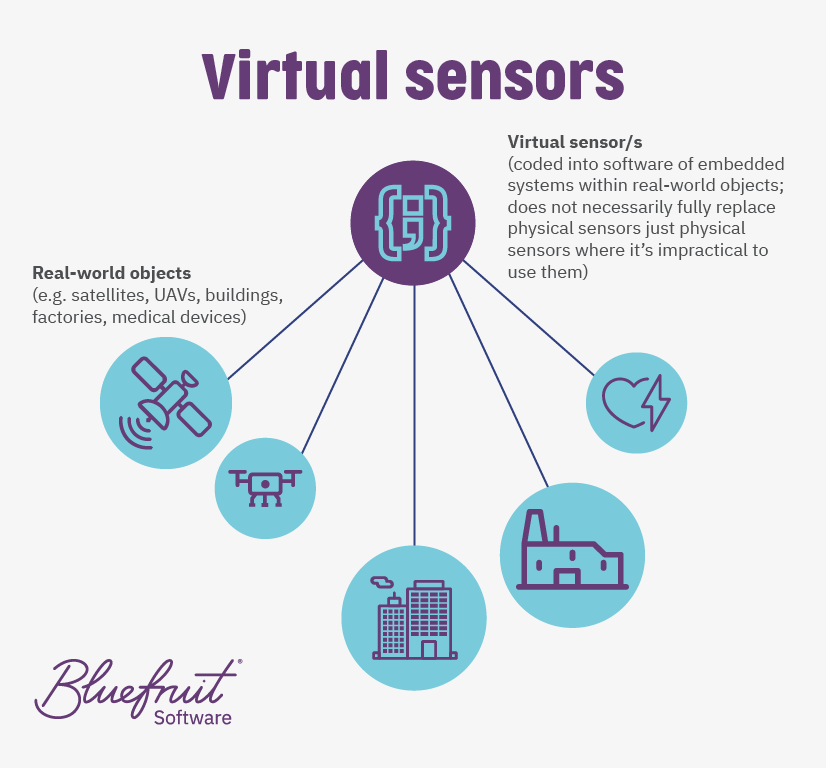
An added advantage is that virtual sensors may use less power than physical sensors. And through their code-based nature, they reduce the risk of signal interference on a craft or being in the way of other hardware elements and signals. Back on Earth, the telemetry coming back from these edge AI-enhanced systems could also be used to build digital twins of craft. 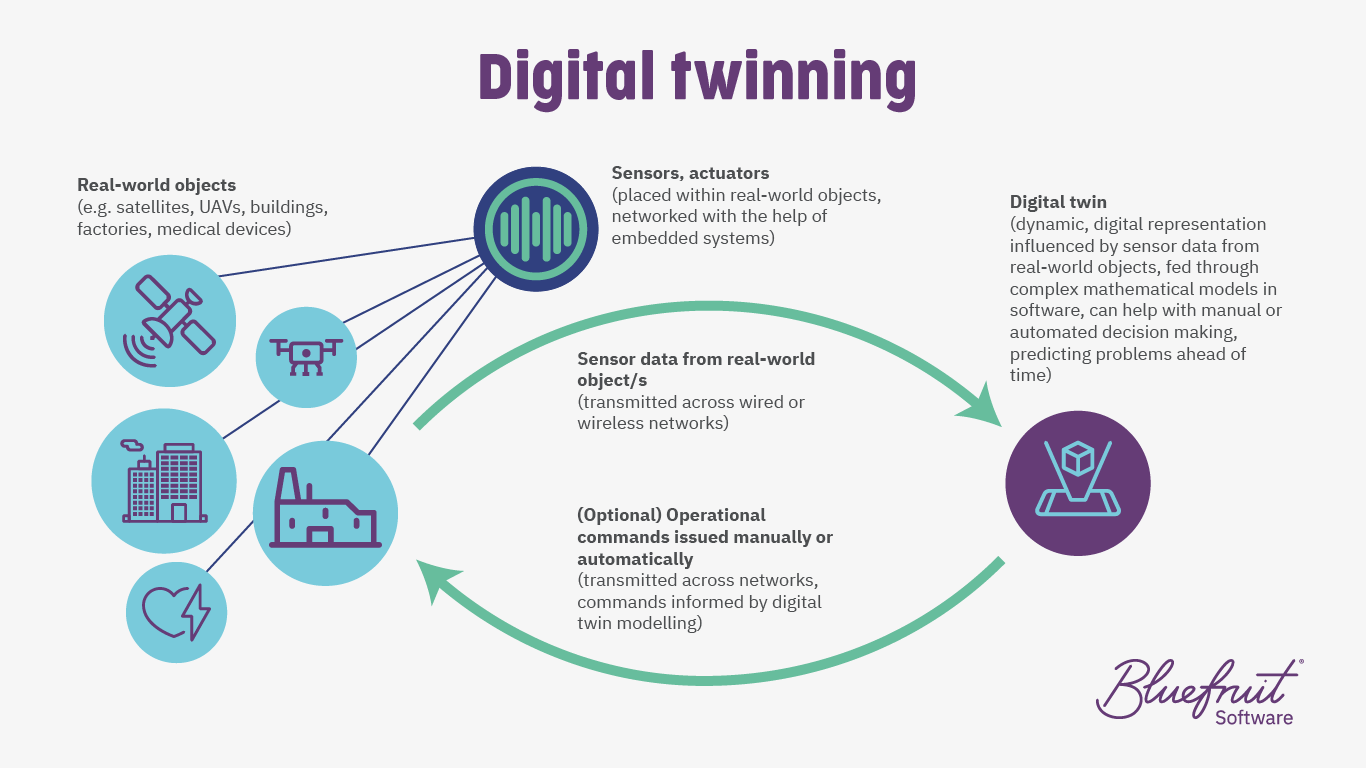
A digital twin is a dynamic, digital representation of a real-world object. You can use digital twins to help with problem-fixing, decision-making, and even predicting problems ahead of time. Beyond LLM While we’ve all been captivated by the promises set out by large language models in revolutionising our workdays, the opportunities offered by other flavours of AI can’t be ignored when it comes to space. And this doesn’t have to be the limit of greenfield spacecraft projects. Where there’s the computing power to spare or to optimise, there’s a chance to build in this wicked combination of edge AI, virtual sensors and/or digital twins. |
techUK – Unleashing UK Tech and Innovation
The UK is home to emerging technologies that have the power to revolutionise entire industries. From quantum to semiconductors; from gaming to the New Space Economy, they all have the unique opportunity to help prepare for what comes next.
techUK members lead the development of these technologies. Together we are working with Government and other stakeholders to address tech innovation priorities and build an innovation ecosystem that will benefit people, society, economy and the planet - and unleash the UK as a global leader in tech and innovation.
For more information, or to get in touch, please visit our Innovation Hub and click ‘contact us’.
Latest news and insights
Other forms of content
Sprint Campaigns
techUK's sprint campaigns explore how emerging and transformative technologies are developed, applied and commercialised across the UK's innovation ecosystem.
Activity includes workshops, roundtables, panel discussions, networking sessions, Summits, and flagship reports (setting out recommendations for Government and industry).
Each campaign runs for 4-6 months and features regular collaborations with programmes across techUK.
techUK's latest sprint campaign is on Robotics & Automation technologies. Find out how to get involved by clicking here.
Running from September to December 2023, this sprint campaign explored how the UK can lead on the development, application and commercialisation of space technologies, bring more non-space companies into the sector, and ultimately realise the benefits of the New Space Economy.
These technologies include AI, quantum, lasers, robotics & automation, advanced propulsion and materials, and semiconductors.
Activity has taken the form of roundtables, panel discussions, networking sessions, Summits, thought leadership pieces, policy recommendations, and a report. The report, containing member case studies and policy recommendations, was launched in March 2024 at Satellite Applications Catapult's Harwell campus.
Get in touch below to find out more about techUK's ongoing work in this area.
Event round-ups
Report
Insights
Get in touch
Running from January to May 2024, this sprint campaign explored how the UK can lead on the development, application and commercialisation of the technologies set to underpin the Gaming & Esports sector of the future.
These include AI, augmented / virtual / mixed / extended reality, haptics, cloud & edge computing, semiconductors, and advanced connectivity (5/6G).
Activity took the form of roundtables, panel discussions, networking sessions, Summits, and thought leadership pieces. A report featuring member case studies and policy recommendations was launched at The National Videogame Museum in November 2024.
Get in touch below to find out more about techUK's future plans in this space.
Report
Event round-ups
Insights
Get in touch
Running from July to December 2024, this sprint campaign explored how the UK can lead on the development, application and commercialisation of web3 and immersive technologies.
These include blockchain, smart contracts, digital assets, augmented / virtual / mixed / extended reality, spatial computing, haptics and holograms.
Activity took the form of roundtables, workshops, panel discussions, networking sessions, tech demos, Summits, thought leadership pieces, policy recommendations, and a report (to be launched in 2025).
Get in touch below to find out more about techUK's future plans in this space.
Event round-ups
Insights
Get in touch
Running from February to June 2025, this sprint campaign is exploring how the UK can lead on the development, application and commercialisation of robotic & automation technologies.
These include autonomous vehicles, drones, humanoids, and applications across industry & manufacturing, defence, transport & mobility, logistics, and more.
Activity is taking the form of roundtables, workshops, panel discussions, networking sessions, tech demos, Summits, thought leadership pieces, policy recommendations, and a report (to be launched in Q4 2025).
Get in touch below to get involved or find out more about techUK's future plans in this space.
Upcoming events
Insights
Event round-ups
Get in touch
Campaign Weeks
Our annual Campaign Weeks enable techUK members to explore how the UK can lead on the development and application of emerging and transformative technologies.
Members do this by contributing blogs or vlogs, speaking at events, and highlighting examples of best practice within the UK's tech sector.
Summits
Tech and Innovation Summit 2025
Tech and Innovation Summit 2023
Tech and Innovation Summit 2024
Receive our Tech and Innovation insights
Sign-up to get the latest updates and opportunities across Technology and Innovation.






